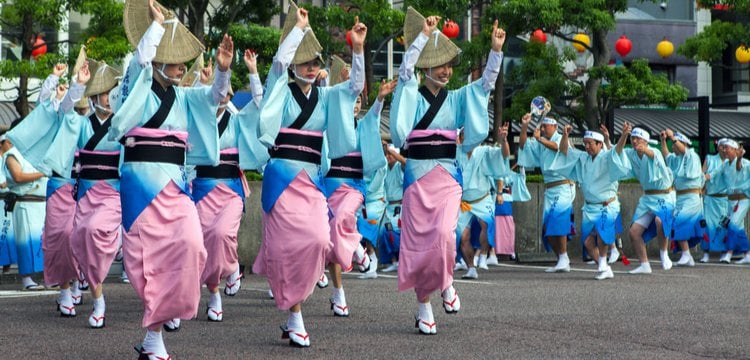The form -tari (~たり) is used to list actions carried out without the need to follow a specific order. In other words, it is useful for expressing consecutive activities of daily life or exemplifying actions without highlighting the sequence. The -tari can also convey the idea of the repetition of actions or facts.
In a simplified way, this structure is applied to mention actions that the subject has performed, with a gentle or indirect emphasis. Before using -tari, it is important to understand the form -ta, which indicates that an action was completed in the past. The -tari can be conjugated into forms like たりします, たりして e たりする, and is always preceded by a verb in the -ta form.
Table of Content
How to Use the -tari Form
To correctly apply -tari, the verb needs to be in the -ta form, followed by -ri. Below are some practical examples to understand its functionality:
休日は、食べたり寝たりして過ごしています。
Kyuujitsu wa tabetari netari shite sugoshite imasu.
"I spend my days off eating, sleeping, etc." Here, the use of -tari indicates that other activities may have occurred as well, but were not specified.
Another simple example shows the difference in relation to the -te form, which connects actions directly:
昨夜は歌って踊った。
Sakuya wa utatte odotta.
Sang and danced last night.
Now, observe how the same idea transforms with -tari:
昨夜は歌ったり踊ったりした。
Sakuya wa utattari odottari shita.
"I sang and danced last night (among other things)." Here, the order of actions is not relevant, and there is an implicit idea of other possible activities.

When to use -tari
-tari is useful for describing actions that occur regularly or for asking someone about their routine. For example, when asking a question about reading habits:
漫画を読んだりしますか?
Manga o yondari shimasu ka?
"Do you do things like read manga?" This example indicates that reading manga is one of the activities a person can engage in, but other actions are not ruled out.
You can also use -tari in negative contexts to indicate that something will not be done:
笑ったりしないよ。
Warattari shinai yo.
"私はあなたを笑うようなことはしません." This expression sounds softer than a direct denial.

Transforming Verbs to Use with -tari
Here is a table to help in transforming verbs to the -tari form:
| する - suru | した - shita | したり - shitari |
| 歌う - utau | 歌った - utatta | 歌ったり - utattari |
| 食べる - taberu | 食べた - tabeta | 食べたり - tabetari |
| 書く - kaku | 書いた - kaita | 書いたり - kaitari |
| 読む - yomu | 読んだ - yonda | 読んだり - yondari |
| 踊る - odoru | 踊った - odotta | 踊ったり - odottari |

Other Special Uses of -tari
-tari can be used to soften a sentence and make it more polite or indirect. See this example:
私の日本語が間違っていても笑ったりしないで下さい。
Watashi no nihongo ga machigatte ite mo warattari shinai de kudasai.
"Even if my Japanese is wrong, please don't laugh at me or anything like that." This is softer than simply saying: "Don't laugh at me."
Another example in a hypothetical situation:
初めてのデートだったらケチったりしない方がいいよ。
Hajimete no deeto dattara kechittari shianai hou ga iiyo.
"If it's your first date, it's better not to be stingy or something like that." Sounds more polite than a direct instruction.
Using the particle -tari, it's possible to add a layer of subtlety or make a statement more open. To practice, watch the anime Tari Tari or listen to the theme song to understand the application of this form in a light and fun way!
